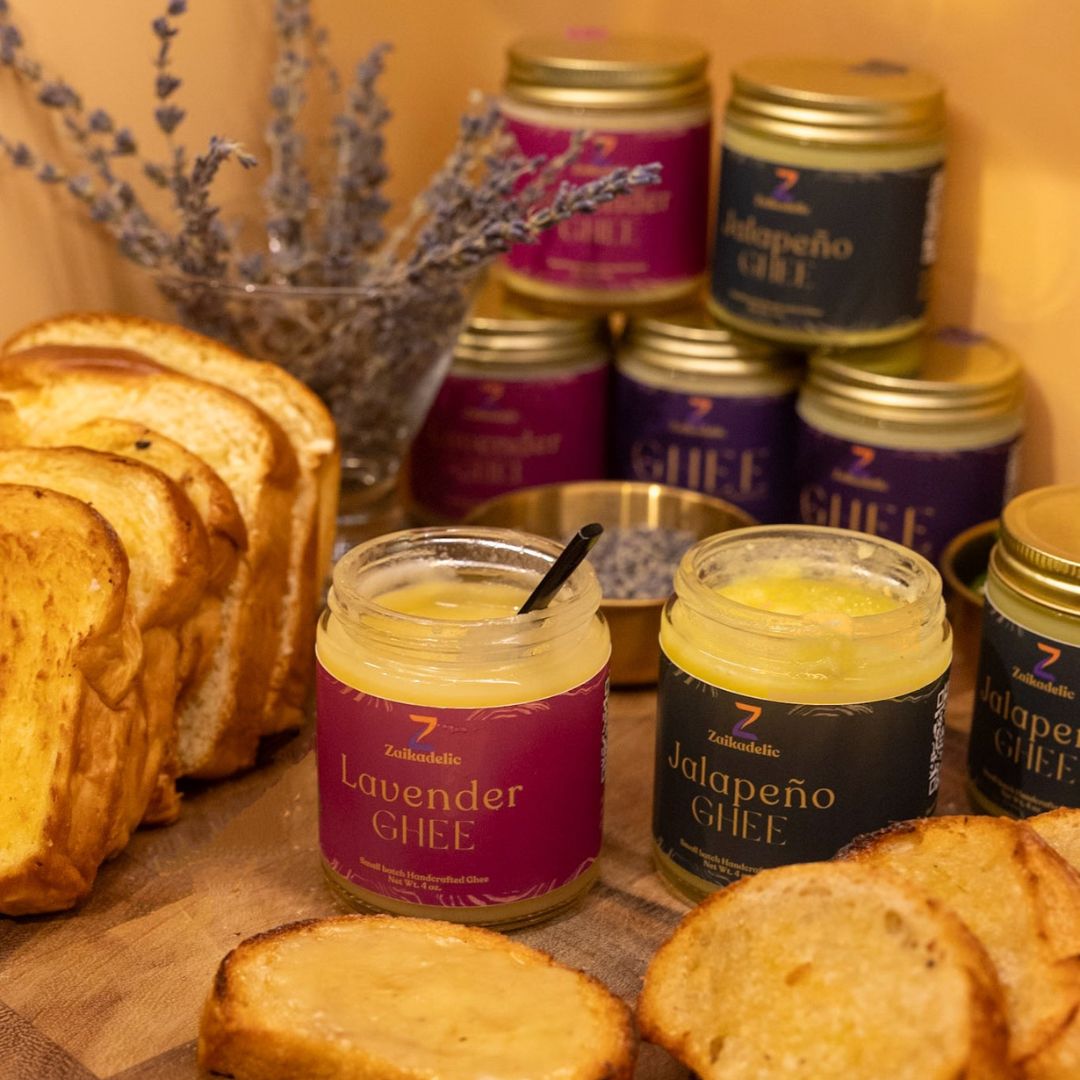
What is Ghee?
R.K. Narayan, an Indian writer and novelist beautifully captured the essence of ghee in his analogy. "Ghee is, no doubt, clarified butter," he wrote in a 1955 New York Times article, "but it is also something more, in the same way that wine is more than the juice of a squeezed grape. Ghee is like a genius born to a dull parent."
Just as wine transcends its humble grape origins, ghee too rises above its buttery foundation, evolving into something truly extraordinary.
Ghee has its origins in ancient India, dating back over 5,000 years. It has been a fundamental part of Indian cuisine and culture for centuries. The process of making ghee involves simmering pure butter until the water content evaporates, and the milk solids separate, leaving behind the golden and fragrant fat known as ghee.
This clarified butter became a staple in Indian cooking due to its long shelf life, high smoke point, and rich, nutty flavor. But it's not just a cooking fat; it's a symbol of warmth, nourishment, purity, auspiciousness, well-being and love in Indian households. It elevates any dish to new heights. And beyond its deliciousness, ghee offers wholesome nutrition and healing, making it a staple in Indian traditional diets and modern diets like keto, paleo and lactose-intolerance. Whether you're a seasoned chef or a home cook, ghee is your secret ingredient for extraordinary flavor and a taste of tradition.
